Harpers Ferry Area, Jefferson County
State preservationists got some good news last fall with the announcement that the entire 99-acre Murphy Farm at Harpers Ferry would be purchased by the nonprofit Trust for Public Land on behalf of the Harpers Ferry National Historical Park. This critical purchase rescued the Murphy Farm, site of the climactic 1862 Confederate attack and capture of Harpers Ferry, from being developed into a 188-house residential subdivision. In 1895-1910, the farm served as the location of the Harpers Ferry engine house that abolitionist leader John Brown used in his abortive 1859 attempt to spark a slave uprising. The Brown fort was sent to Chicago for the 1893 Columbian Exposition, and, upon its return, Alexander Murphy deeded five acres to rebuild the structure on his farm. In 1906 W.E.B. DuBois and other leaders of the Niagara Movement, a predecessor of the NAACP, "made a barefoot pilgrimage" across the farm to the engine house. The engine house was later returned and placed within park boundaries near the confluence of the Potomac & Shenandoah rivers. More good news was recently released when the National Park Service announced that it is adding the farm property to existing park acreage, thus guaranteeing its preservation for future generations. Murphy Farm is saved!
2002: Completed in 1912, Clendenin Middle School was originally known as the Big Sandy District High School. This building attests to the early twentieth century growth of public education in the state. The town of Clendenin was the first community in West Virginia to take advantage of a new law allowing Boards of Education to sell bonds for school construction. For the sum of $35,000, the Board of Education built a marvelous Neo-Classical Revival building that represented the aspirations of a growing community. In 1996, the school was listed on the National Register as part of the Clendenin Historic District. In 2002, the school closed its doors and remained vacant and for sale until August 2004, when the school board donated it to a local economic development group, A New Clendenin, formed in 2003 to revitalize the historic town. The majestic old school building will be incorporated as an integral part of their effort.
Cass, Pocahontas County
Now owned by the WV Department of Natural Resources, Cass was established in 1900 by the WV Pulp & Paper Company (WESTVACO) and is a rare surviving example of an early 20th century logging industry company town. Listed on the National Register, the town of Cass is running out of time. Long, harsh winters and humid summers take a heavy toll on wooden buildings open to the environment, causing many of the houses, the company hospital, and the huge Cass School to lose structural integrity. Vandalism, looting, and arson have also heavily impacted many of the irreplaceable resources. In 2001, the all-volunteer Mountain State Railroad and Logging Historical Association (MSRLHA) and the Foundation for the Cass Scenic Railroad State Park began preservation efforts on the Company Doctor’s House at Cass. In 2003, the Cass Preservation Committee began reviewing and updating the Cass Master Plan with renewed emphasis on preserving historic cultural resources with recommendations for future work. A subcommittee is working on a more detailed review of status and needs, and an engineer’s overview of Cass School is done. In addition, the architectural report for the Doctor’s House is complete and fundraising efforts are underway. |
Endangered Properties ListIf you are interested in assisting with any of these preservation projects, contact the Preservation Alliance of West Virginia at [email protected].
Categories
All
Archives
March 2024
|
Get Involved |
Programs |
Contact UsPreservation Alliance of West Virginia
421 Davis Avenue, #4 | Elkins, WV 26241 Email: [email protected] Phone: 304-345-6005 |
Organizational Partners:
© COPYRIGHT 2022 - PRESERVATION ALLIANCE OF WEST VIRGINIA. ALL RIGHTS RESERVED.

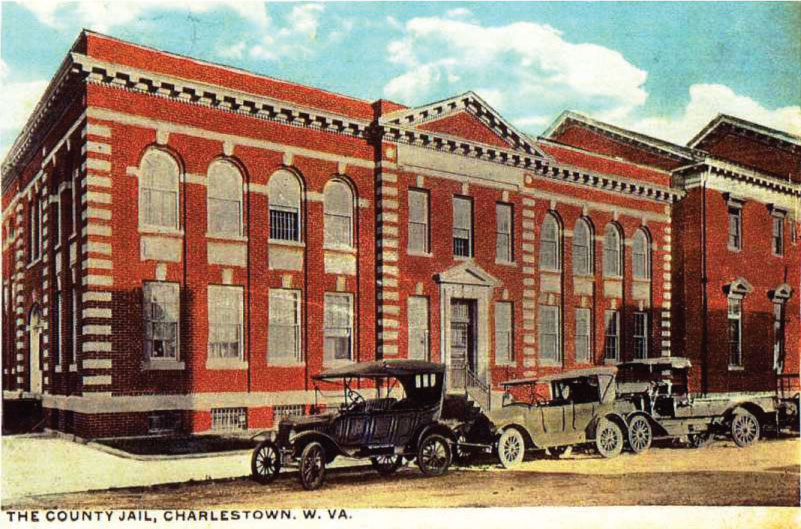
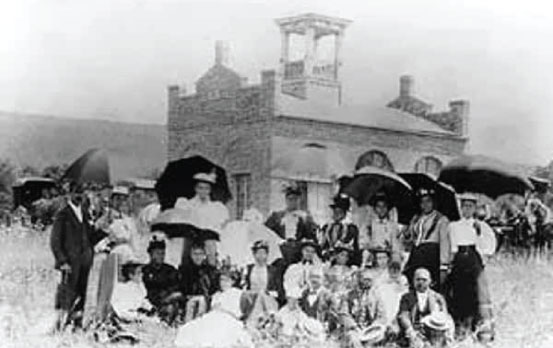
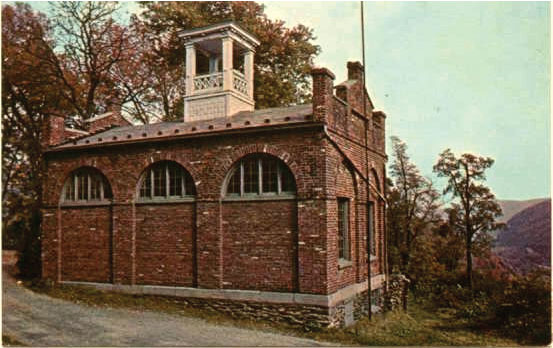
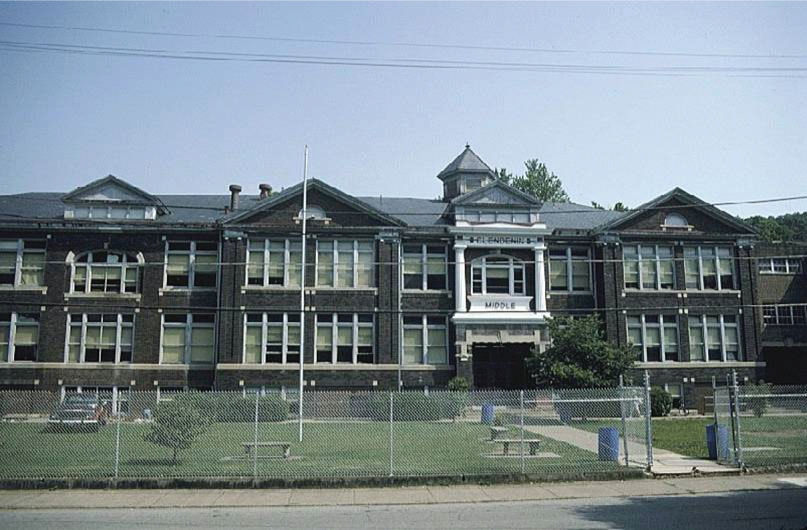
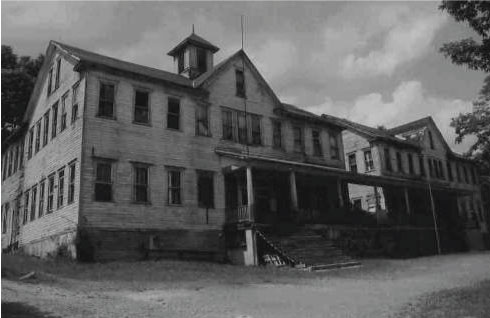
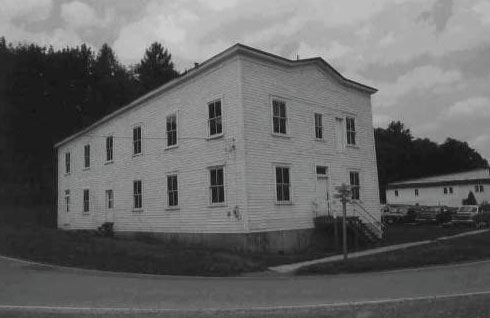
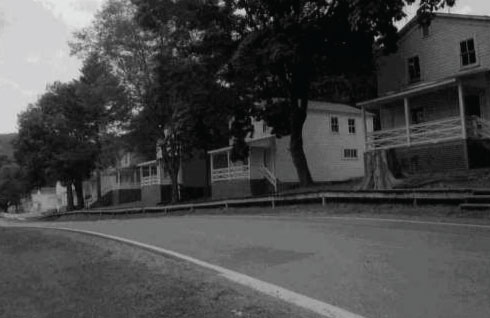
 RSS Feed
RSS Feed



